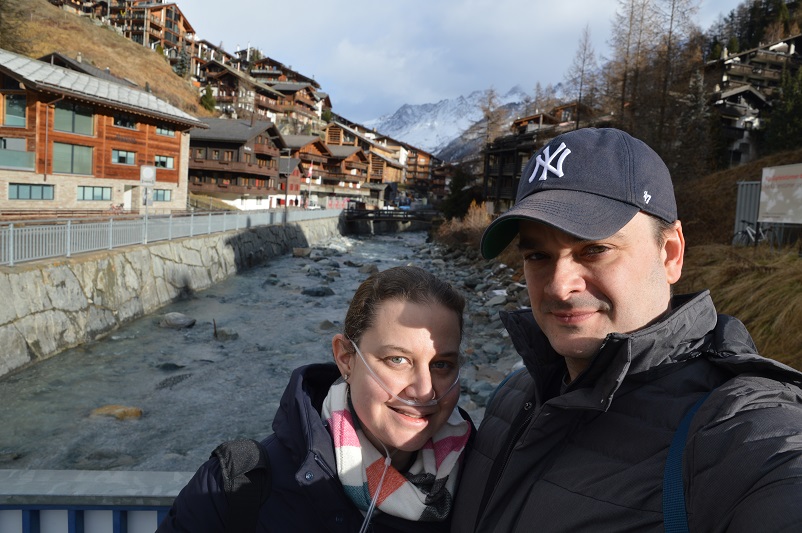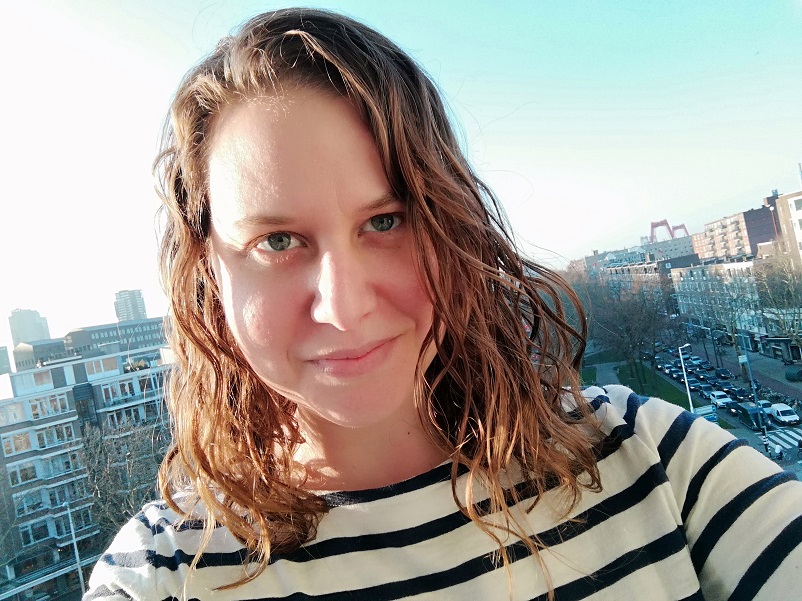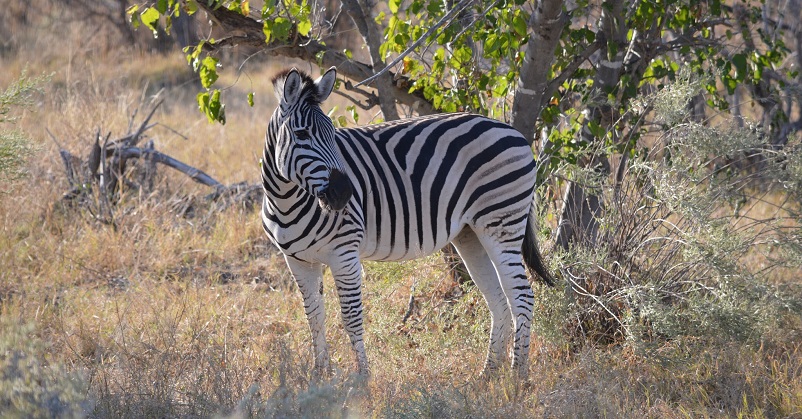Last Updated on 9th May 2021 by Sarah and Justin
Medical students are taught to think of horses instead of zebras when they hear hoofbeats. I’m paraphrasing a saying by an American doctor which was meant to encourage students to first look for the most likely diagnosis, versus something more rare and interesting. And in most cases, this practice makes sense.
But zebras do exist, and they are actually not all that rare. Similarly, people with rare diseases exist in much larger numbers than you might think. An estimated 1 in 10 people in the Untied States has a rare disease.*
So the rare disease community took the term zebra as our own. Because sometimes when you hear hoofbeats, a zebra – or a heard of them – might actually be behind you.

For Rare Disease Day 2019, the National Organization for Rare Disorders (NORD) has asked members of its community to raise awareness by showing our stripes. So I started thinking about my own experience as a zebra.
As regular readers of this blog know, in 2010 I was diagnosed with a lung disease called lymphangioleiomyomatosis (LAM). It’s exceedingly rare, with only 2,500 known cases in the world. It currently has no cure, though we are lucky to be one of the few rare diseases with an approved treatment.* LAM is chronic and progressive, meaning I will have this disease for the rest of my life and it will get worse over time. And it can be fatal. In the 8 1/2 years since my diagnosis, I’ve mourned the loss of women with LAM every year.
There are a lot of bad things I could write about having LAM including the symptoms and the fear. But today, I’d rather focus on the positives. Because there are truly good things that have come from my diagnosis. And though I never could have imagined it in 2010, they are things I’m grateful for.
I do what makes me happy
It probably sounds selfish, and maybe it is, but I don’t really care. Being diagnosed with a fatal disease puts things into perspective. And so I try to prioritize doing what makes me truly happy on a daily basis. I travel. I spend every hour of every day with my favorite person in the world. I eat cake. I take long walks. I write and take pictures.
Though our current lifestyle may not be able to last forever, I am know what makes me happy and I will continue to seek that out in whatever I do whenever I can.
I’ve learned that I am strong
Coping with the uncertainty of a LAM diagnosis made me stronger emotionally and physiologically. Last year I overcame another mental hurdle of traveling to high altitude (Zermatt, Switzerland) and wearing my oxygen all the time.

But having LAM has made me stronger physically too. I know that I have to keep my body as healthy as I can and so I’ve made an effort to do so. And I’ve been impressed with myself and what I can accomplish. I go to the gym carrying a loud oxygen machine and tube in my nose and lift weights.
I’ve become less judgmental
Having an invisible disease like LAM means you can’t see what I’m going through (unless I’m wearing my oxygen). When I climb stairs really slowly or have to stop to rest after each flight, people probably just think I’m out of shape. When I’m sitting down in a handicapped seat on a bus, people probably think I shouldn’t be there. People (other than Justin) don’t see when I’m so tired I have to be in bed all day or the chest pains that stop me in my tracks or the medication-induced mouth sores that make it difficult to eat.
So since I know people can’t see what’s really going on with me, I’ve come to know that I can’t really know what’s going on with other people. I try to keep that in mind anytime someone doesn’t do exactly what I expect of them or if I see something I don’t understand.
I have found a global community
It’s amazing to have a ready-made community of women all over the world who are going through the same things. I’ve met many of them in person and talked to many more of them on the phone or online. Their support in this journey has been so incredibly valuable to me, it’s hard to put it into words.
I’ve also had the immense honor of meeting many of the doctors who treat women with LAM throughout the world and are looking for a cure themselves. The doctors and researchers who dedicate themselves to rare diseases are a different breed. They invest so much of themselves into helping such a small number of people. It’s truly inspiring.
Showing my stripes is a good thing
For many many years I hid my disease from most of the people in my life. I didn’t want to come off as weak, or have people think less of me or treat me differently at work. Only when I quit my job to travel did I actually “come out” as having LAM. I should have done it sooner. Talking about my disease and what I go through has been therapeutic. Helping others find their voice and advocate for themselves has been an honor. Society often stigmatizes people with illnesses and disabilities, and in America it can be financially and professionally risky to be open about having a disease. I want to keep speaking about my experience to help change that.



What an eloquent young woman you are…..thanks for the encouragement. 🌻